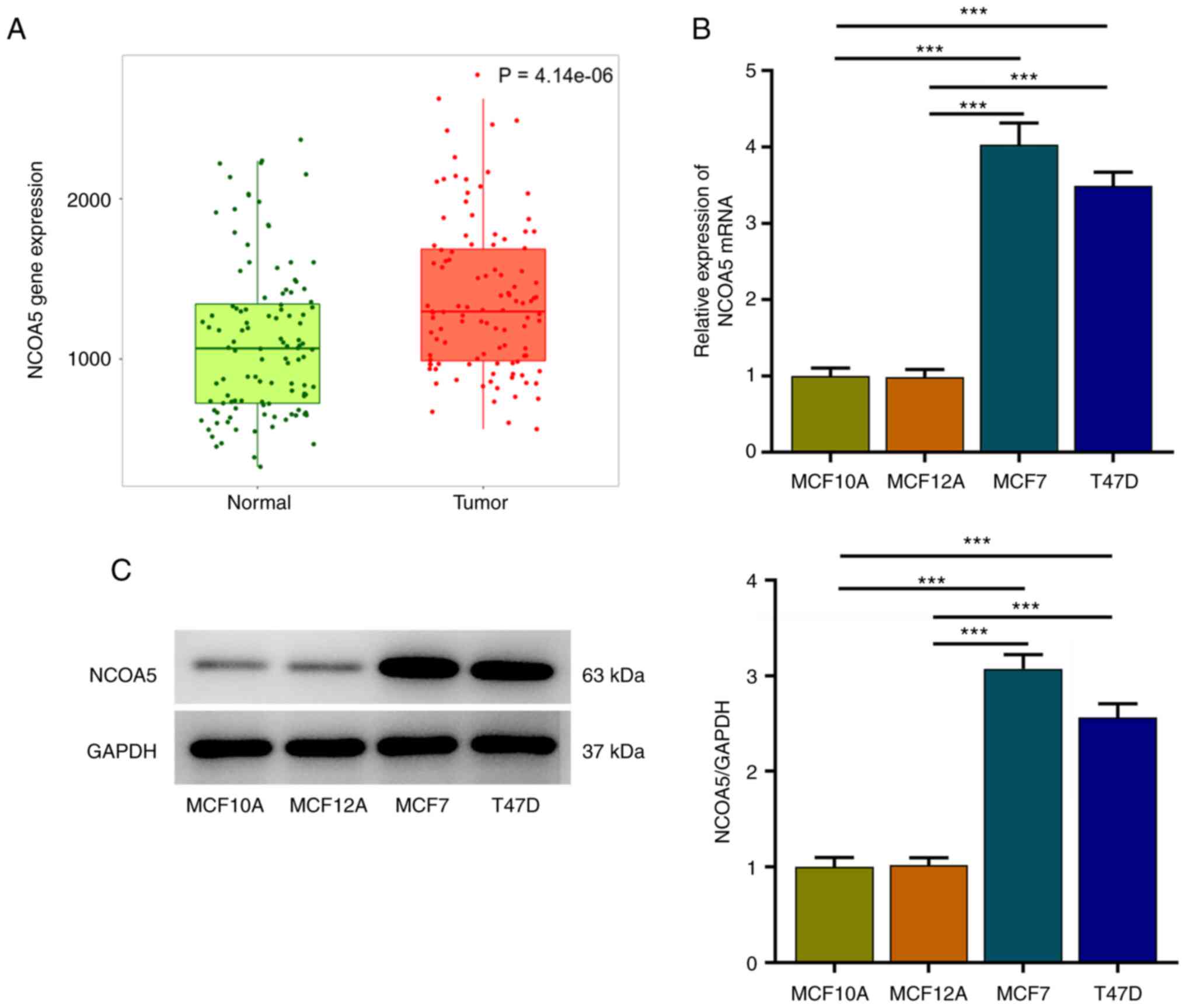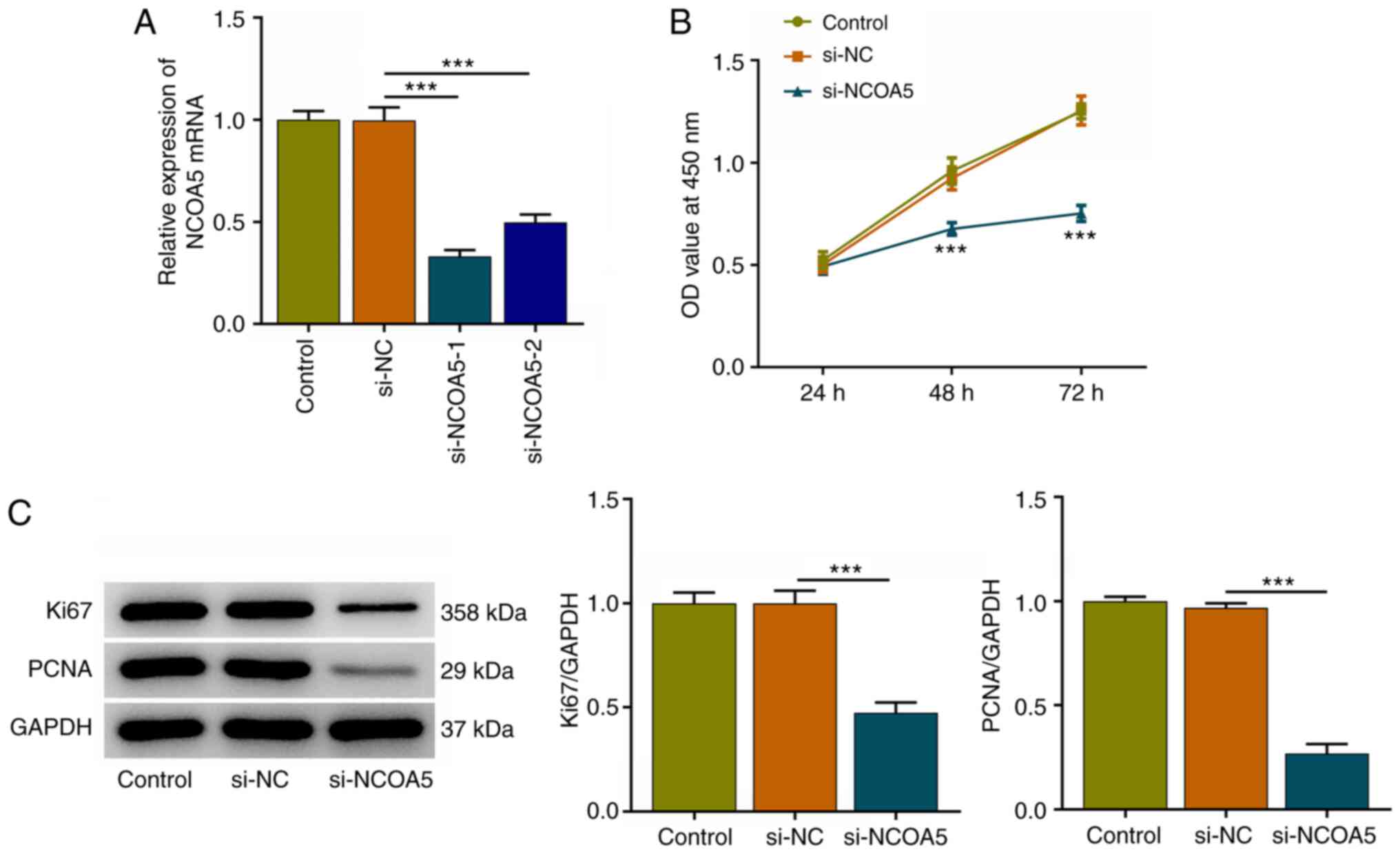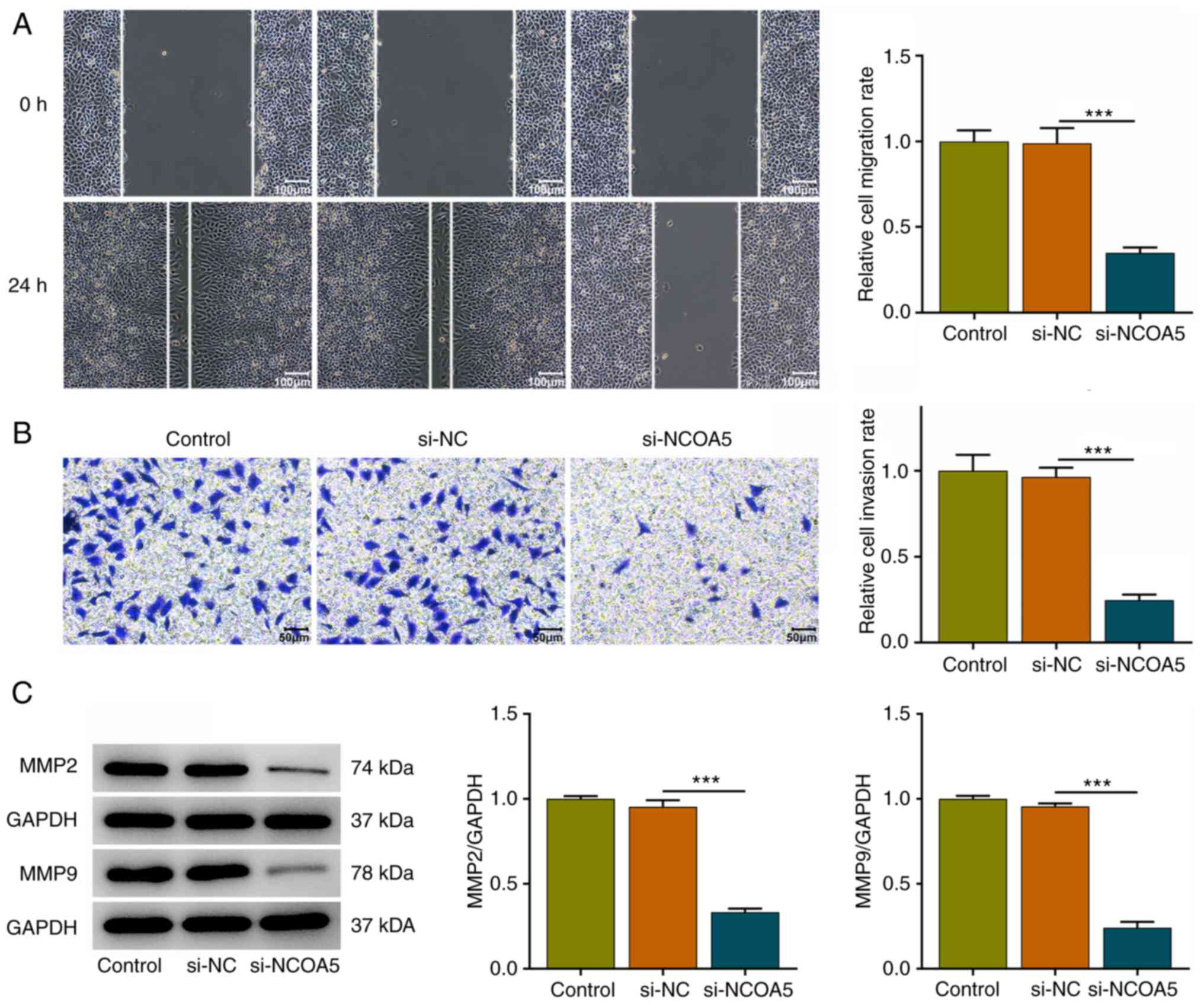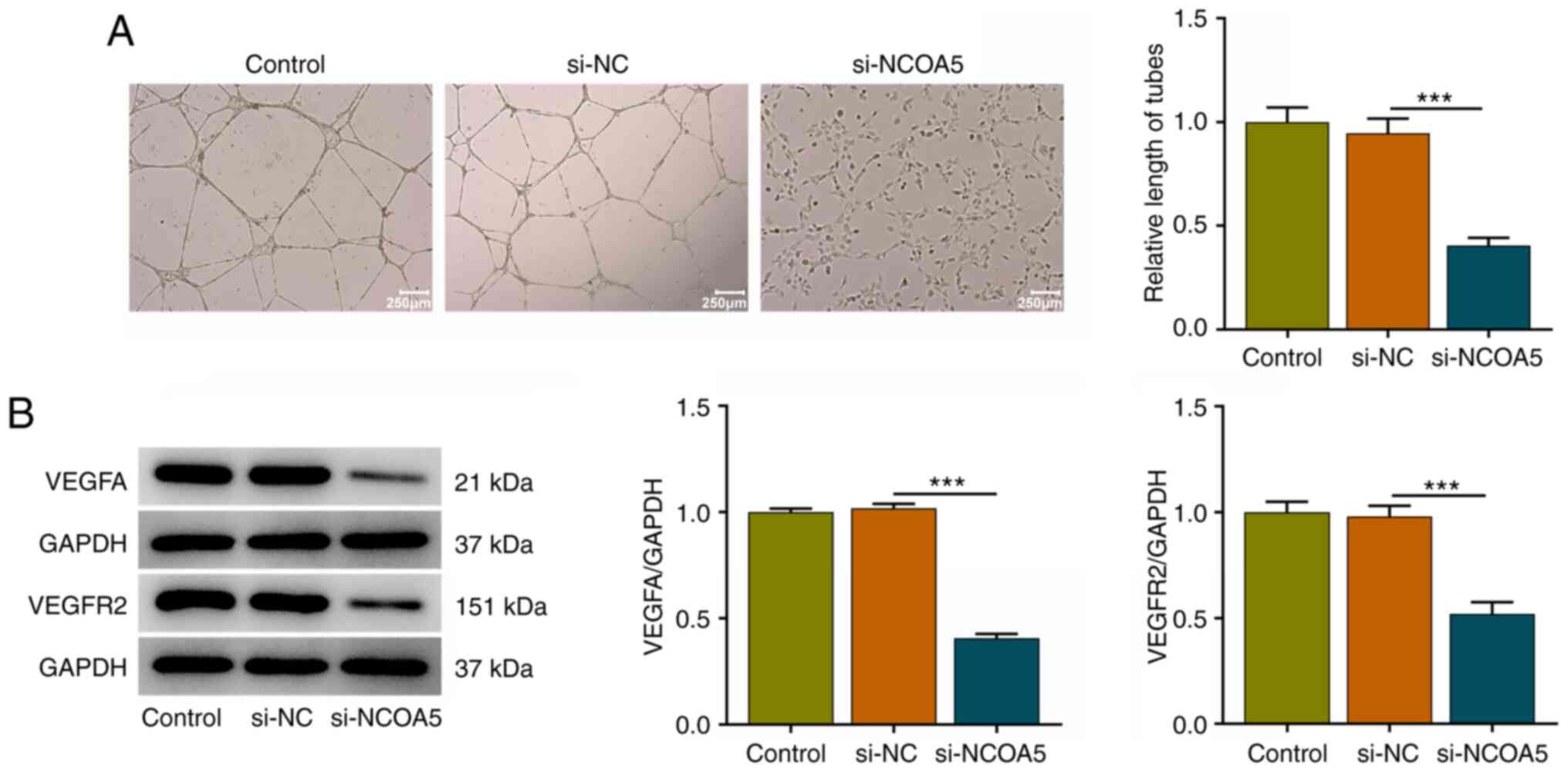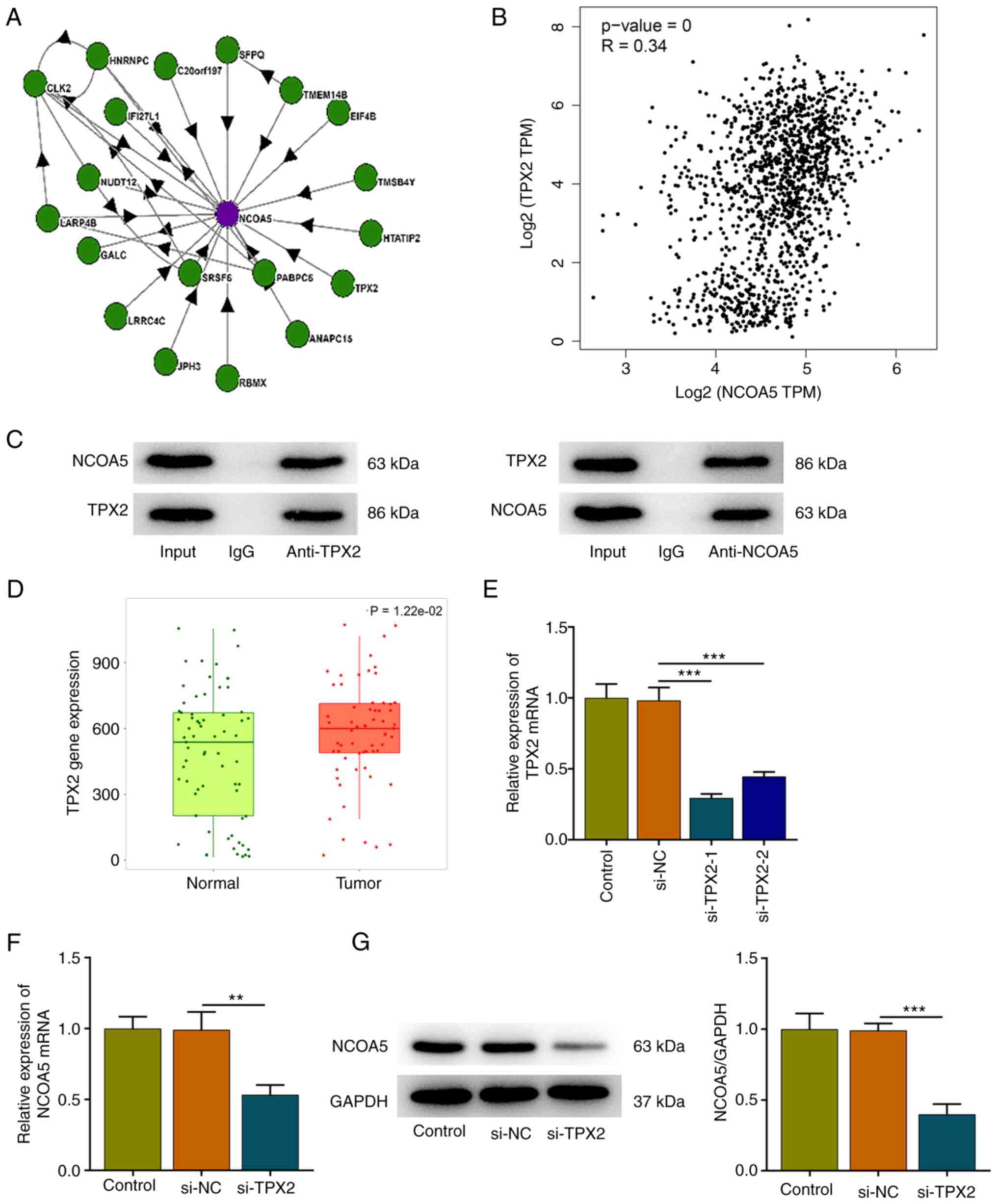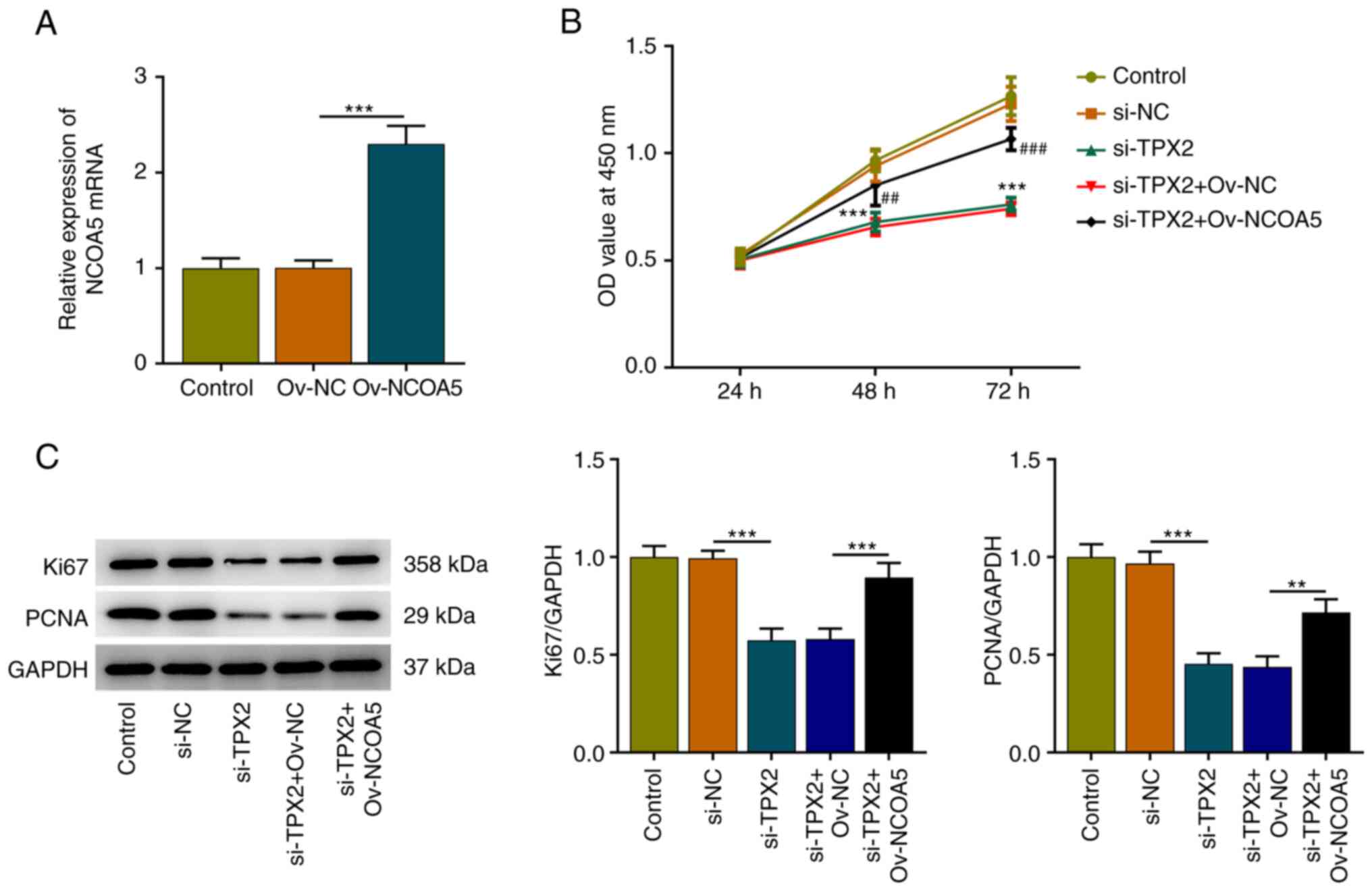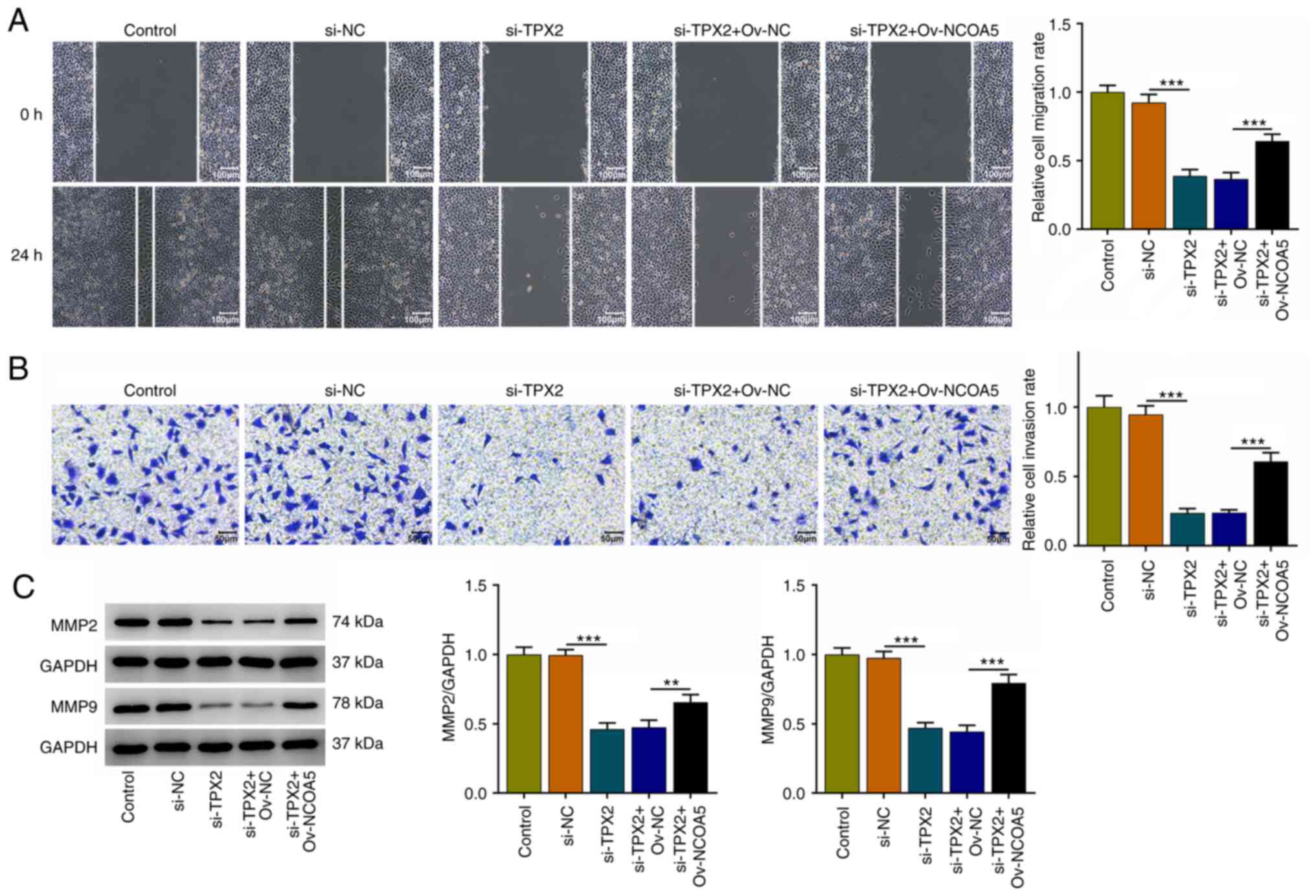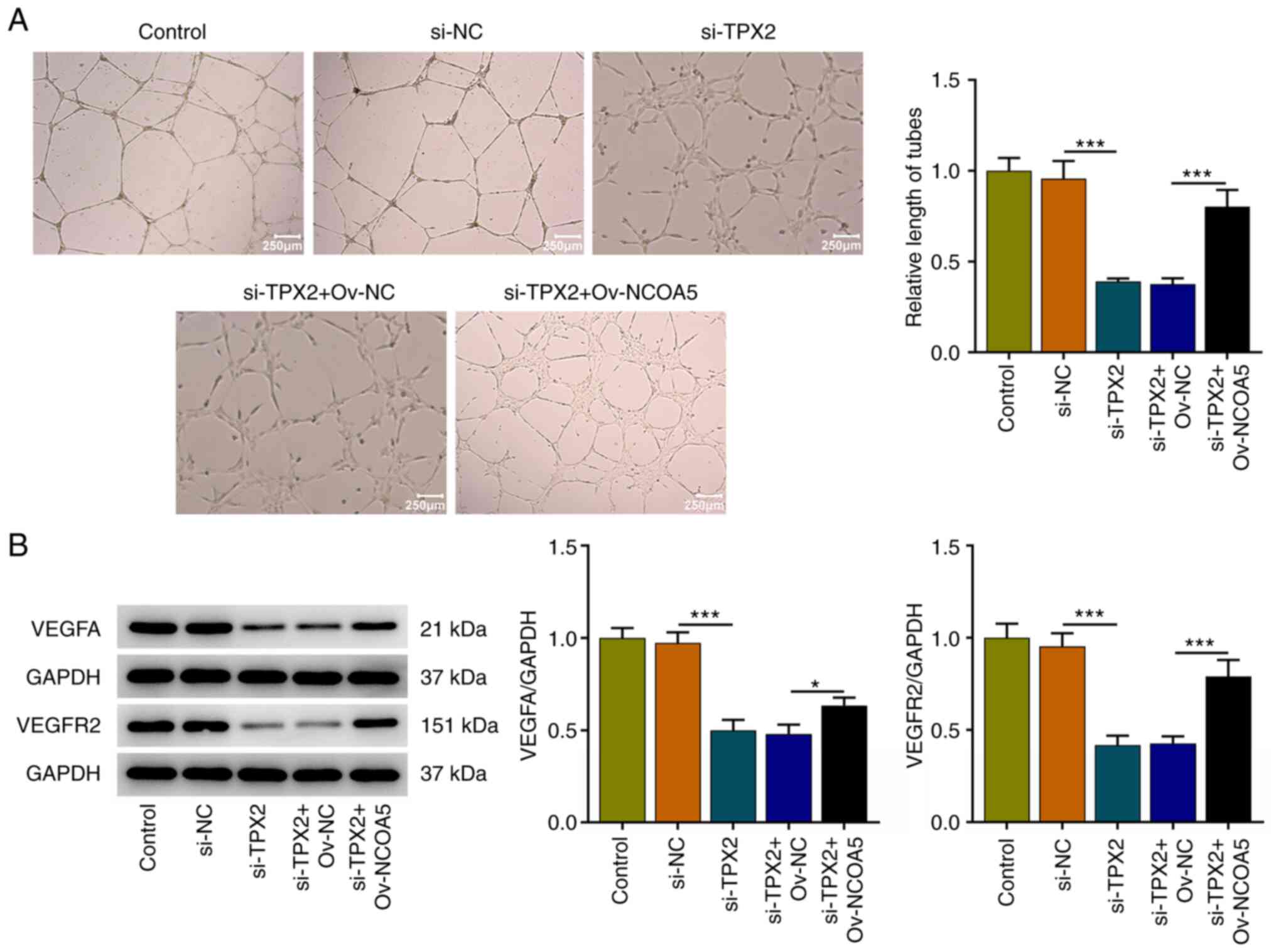|
1
|
Sung H, Ferlay J, Siegel RL, Laversanne M,
Soerjomataram I, Jemal A and Bray F: Global cancer statistics 2020:
GLOBOCAN estimates of incidence and mortality worldwide for 36
cancers in 185 countries. CA Cancer J Clin. 71:209–249.
2021.PubMed/NCBI View Article : Google Scholar
|
|
2
|
DeSantis CE, Ma J, Gaudet MM, Newman LA,
Miller KD, Goding Sauer A, Jemal A and Siegel RL: Breast cancer
statistics, 2019. CA Cancer J Clin. 69:438–451. 2019.PubMed/NCBI View Article : Google Scholar
|
|
3
|
Henriques B, Mendes F and Martins D:
Immunotherapy in breast cancer: When, how, and what challenges.
Biomedicines. 9(1687)2021.PubMed/NCBI View Article : Google Scholar
|
|
4
|
Liang Y, Zhang H, Song X and Yang Q:
Metastatic heterogeneity of breast cancer: Molecular mechanism and
potential therapeutic targets. Semin Cancer Biol. 60:14–27.
2020.PubMed/NCBI View Article : Google Scholar
|
|
5
|
Chen GQ, Tian H, Yue WM, Li L, Li SH, Qi
L, Gao C, Si LB and Lu M: NCOA5 low expression correlates with
survival in esophageal squamous cell carcinoma. Med Oncol.
31(376)2014.PubMed/NCBI View Article : Google Scholar
|
|
6
|
Sun K, Wang S, He J, Xie Y, He Y, Wang Z
and Qin L: NCOA5 promotes proliferation, migration and invasion of
colorectal cancer cells via activation of PI3K/AKT pathway.
Oncotarget. 8:107932–107946. 2017.PubMed/NCBI View Article : Google Scholar
|
|
7
|
He J, Zhang W, Li A, Chen F and Luo R:
Knockout of NCOA5 impairs proliferation and migration of
hepatocellular carcinoma cells by suppressing
epithelial-to-mesenchymal transition. Biochem Biophys Res Commun.
500:177–183. 2018.PubMed/NCBI View Article : Google Scholar
|
|
8
|
Ye XH, Huang DP and Luo RC: NCOA5 is
correlated with progression and prognosis in luminal breast cancer.
Biochem Biophys Res Commun. 482:253–256. 2017.PubMed/NCBI View Article : Google Scholar
|
|
9
|
Xia E, Hu W, Bhandari A, Sindan N and
Huang D: Nuclear receptor coactivator 5 is correlated with
progression in breast carcinoma. Anticancer Agents Med Chem.
21:2520–2524. 2021.PubMed/NCBI View Article : Google Scholar
|
|
10
|
Safari MS, King MR, Brangwynne CP and
Petry S: Interaction of spindle assembly factor TPX2 with
importins-α/β inhibits protein phase separation. J Biol Chem.
297(100998)2021.PubMed/NCBI View Article : Google Scholar
|
|
11
|
Gomes-Filho SM, Dos Santos EO, Bertoldi
ERM, Scalabrini LC, Heidrich V, Dazzani B, Levantini E, Reis EM and
Bassères DS: Aurora A kinase and its activator TPX2 are potential
therapeutic targets in KRAS-induced pancreatic cancer. Cell Oncol
(Dordr). 43:445–460. 2020.PubMed/NCBI View Article : Google Scholar
|
|
12
|
Zhang B, Zhang M, Li Q, Yang Y, Shang Z
and Luo J: TPX2 mediates prostate cancer epithelial-mesenchymal
transition through CDK1 regulated phosphorylation of
ERK/GSK3β/SNAIL pathway. Biochem Biophys Res Commun. 546:1–6.
2021.PubMed/NCBI View Article : Google Scholar
|
|
13
|
Zhu H, Liu J, Feng J, Zhang Q, Bian T, Li
X, Sun H, Zhang J and Liu Y: Overexpression of TPX2 predicts poor
clinical outcome and is associated with immune infiltration in
hepatic cell cancer. Medicine (Baltimore).
99(e23554)2020.PubMed/NCBI View Article : Google Scholar
|
|
14
|
Yang Y, Li DP, Shen N, Yu XC, Li JB, Song
Q and Zhang JH: TPX2 promotes migration and invasion of human
breast cancer cells. Asian Pac J Trop Med. 8:1064–1070.
2015.PubMed/NCBI View Article : Google Scholar
|
|
15
|
Jiang Y, Liu Y, Tan X, Yu S and Luo J:
TPX2 as a novel prognostic indicator and promising therapeutic
target in triple-negative breast cancer. Clin Breast Cancer.
19:450–455. 2019.PubMed/NCBI View Article : Google Scholar
|
|
16
|
Livak KJ and Schmittgen TD: Analysis of
relative gene expression data using real-time quantitative PCR and
the 2(-Delta Delta C(T)) method. Methods. 25:402–408.
2001.PubMed/NCBI View Article : Google Scholar
|
|
17
|
Kumar S, Srivastav RK, Wilkes DW, Ross T,
Kim S, Kowalski J, Chatla S, Zhang Q, Nayak A, Guha M, et al:
Estrogen-dependent DLL1-mediated notch signaling promotes luminal
breast cancer. Oncogene. 38:2092–2107. 2019.PubMed/NCBI View Article : Google Scholar
|
|
18
|
Zhang Y, Shu C, Maimaiti Y, Wang S, Lu C
and Zhou J: LRP6 as a biomarker of poor prognosis of breast cancer.
Gland Surg. 10:2414–2427. 2021.PubMed/NCBI View Article : Google Scholar
|
|
19
|
Tan Y, Liu F and Xu P: Knockdown of NCOA5
suppresses viability, migration and epithelial-mesenchymal
transition, and induces adhesion of breast cancer cells. Oncol
Lett. 22(694)2021.PubMed/NCBI View Article : Google Scholar
|
|
20
|
Chen WZ, Jiang JX, Yu XY, Xia WJ, Yu PX,
Wang K, Zhao ZY and Chen ZG: Endothelial cells in colorectal
cancer. World J Gastrointest Oncol. 11:946–956. 2019.PubMed/NCBI View Article : Google Scholar
|
|
21
|
Tu J, Fang Y, Han D, Tan X, Jiang H, Gong
X, Wang X, Hong W and Wei W: Activation of nuclear factor-κB in the
angiogenesis of glioma: Insights into the associated molecular
mechanisms and targeted therapies. Cell Prolif.
54(e12929)2021.PubMed/NCBI View Article : Google Scholar
|
|
22
|
Zhang Q, Lu S, Li T, Yu L, Zhang Y, Zeng
H, Qian X, Bi J and Lin Y: ACE2 inhibits breast cancer angiogenesis
via suppressing the VEGFa/VEGFR2/ERK pathway. J Exp Clin Cancer
Res. 38(173)2019.PubMed/NCBI View Article : Google Scholar
|
|
23
|
Cao J, Liu X, Yang Y, Wei B, Li Q, Mao G,
He Y, Li Y, Zheng L, Zhang Q, et al: Decylubiquinone suppresses
breast cancer growth and metastasis by inhibiting angiogenesis via
the ROS/p53/BAI1 signaling pathway. Angiogenesis. 23:325–338.
2020.PubMed/NCBI View Article : Google Scholar
|
|
24
|
Zhou F, Wang M, Aibaidula M, Zhang Z,
Aihemaiti A, Aili R, Chen H, Dong S, Wei W and Maimaitiaili A: TPX2
promotes metastasis and serves as a marker of poor prognosis in
non-small cell lung cancer. Med Sci Monit.
26(e925147)2020.PubMed/NCBI View Article : Google Scholar
|



